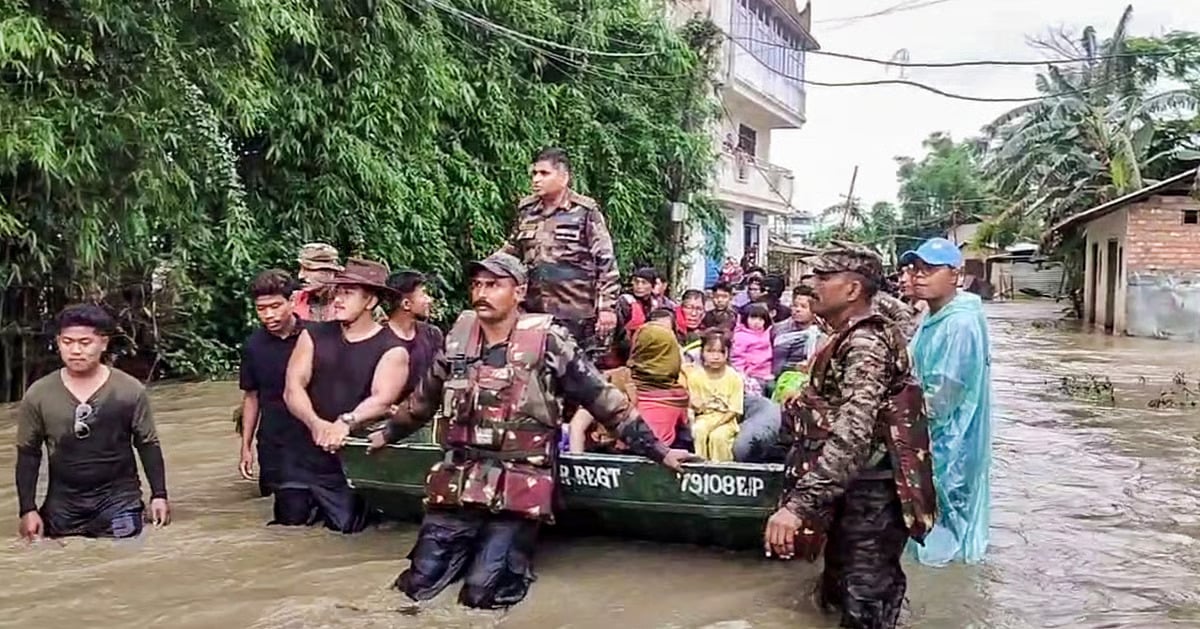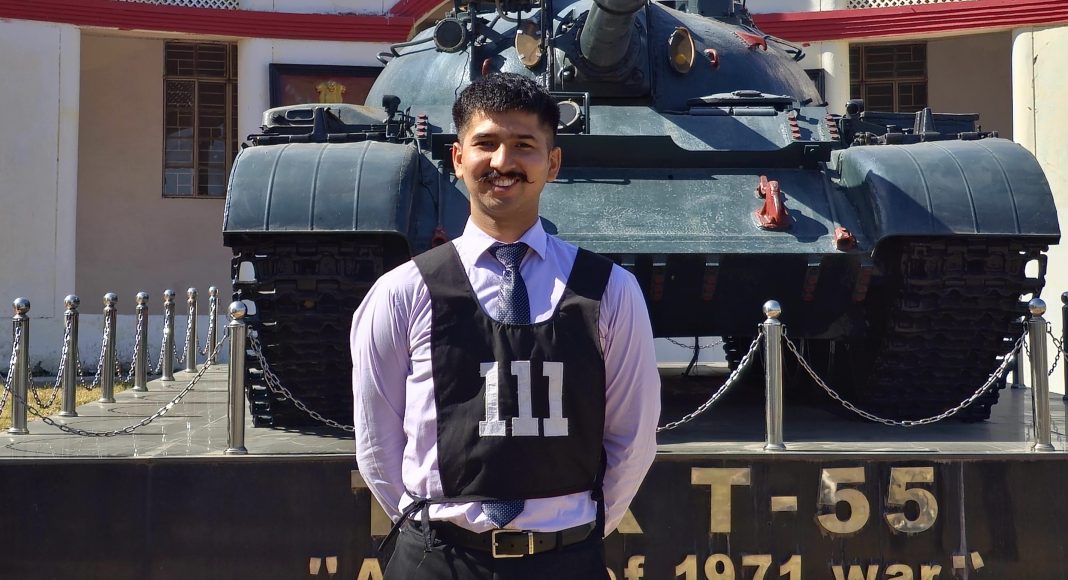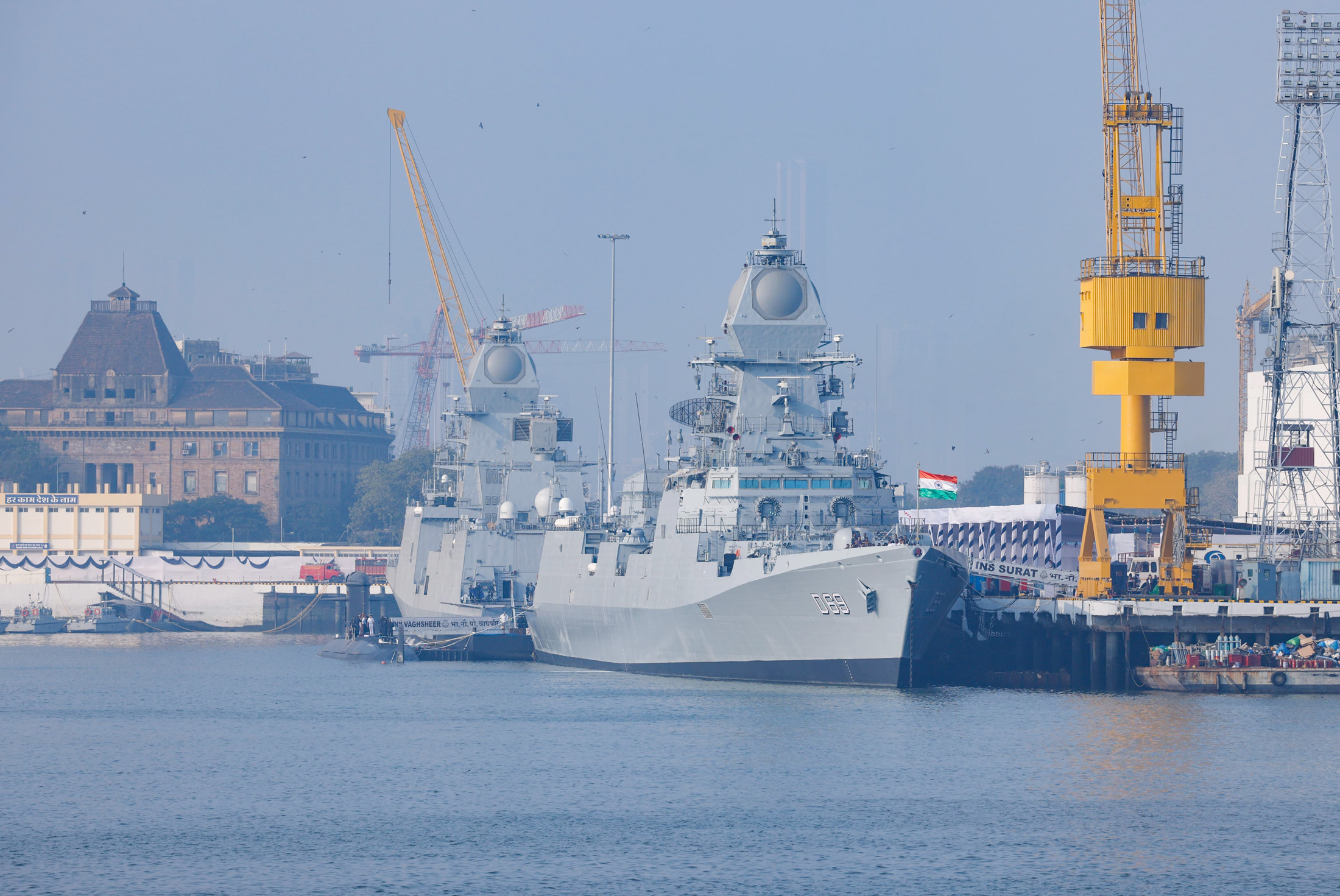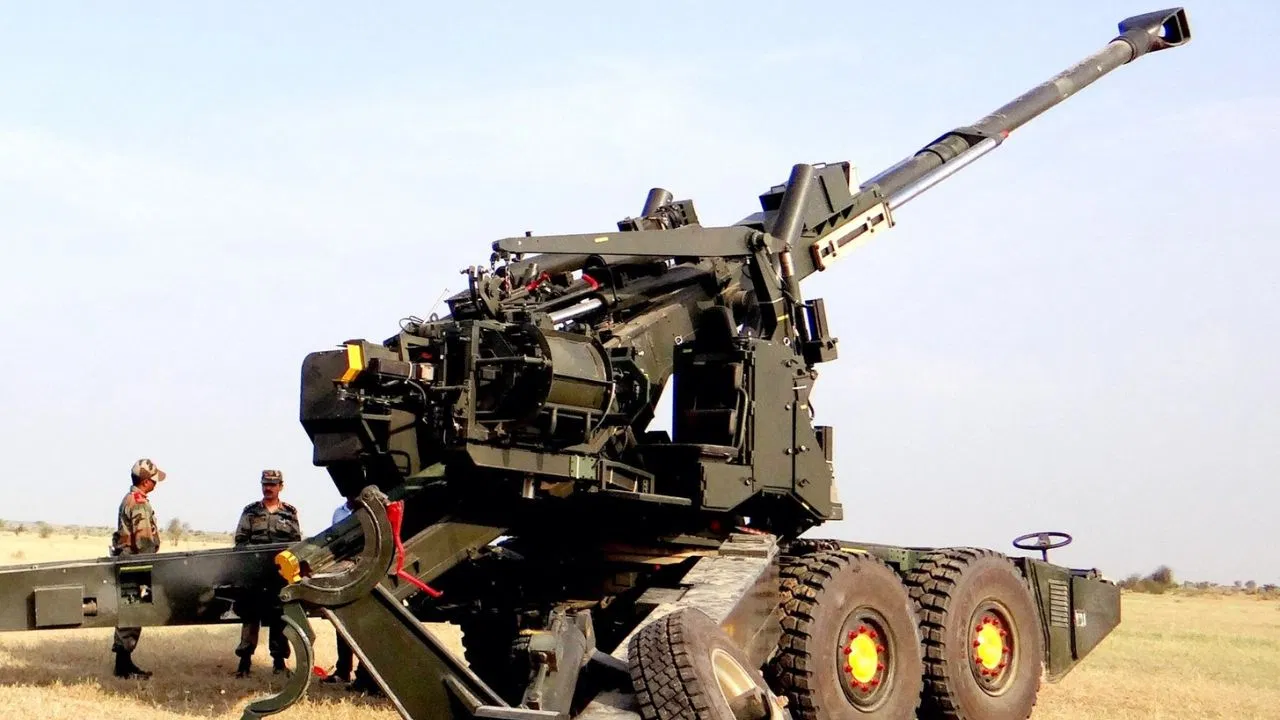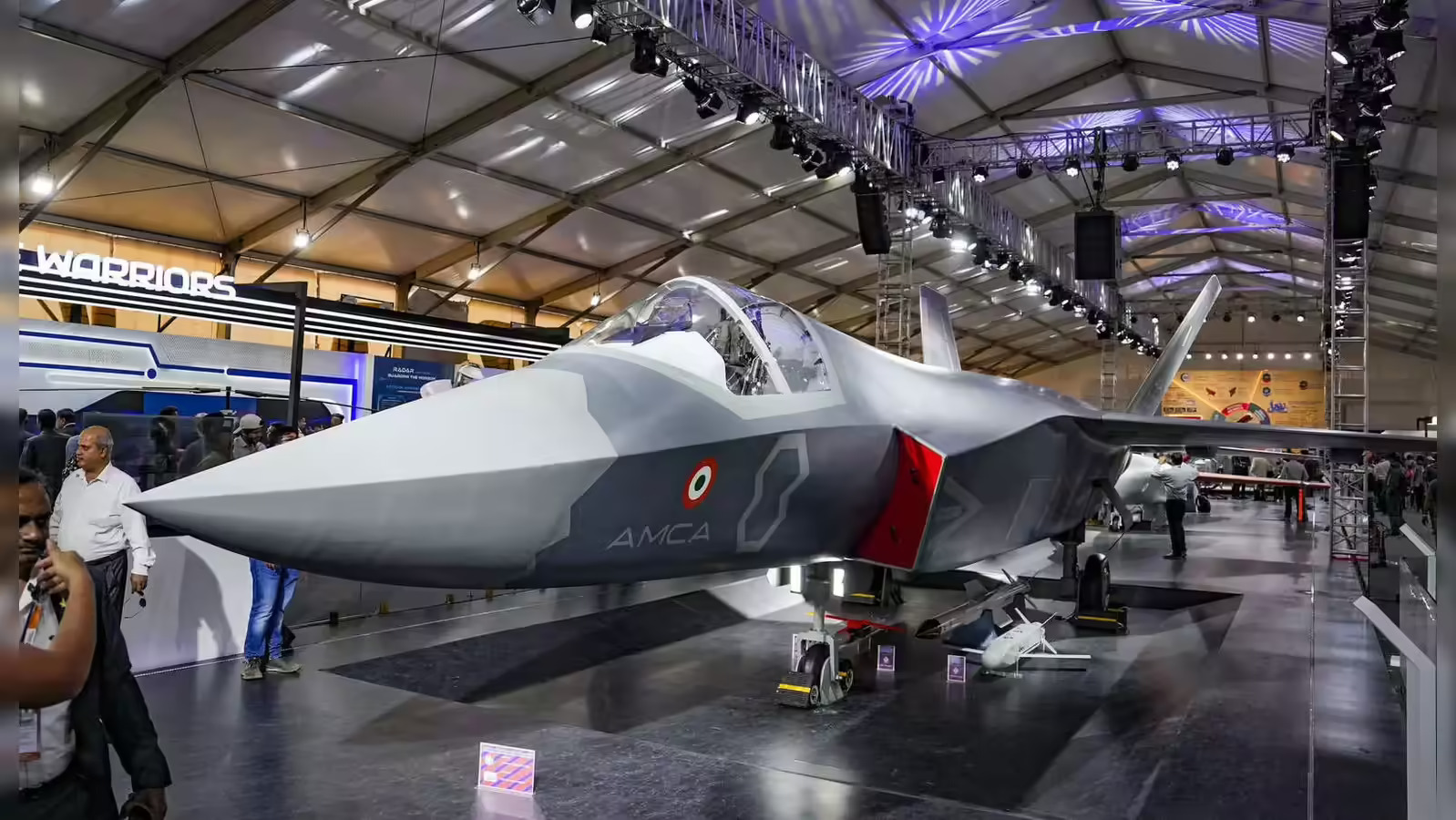Operation Jal Rahat 2: Indian Army Leads Massive Flood Relief Operations in Himachal and North East
The Indian Army has launched extensive rescue and relief operations under Operation Jal Rahat 2, responding to devastating floods and…
My SSB Journey: From 13 Failures to Success in the 14th Attempt
"डर मुझे भी लगा फासला देखकर, पर मैं बढ़ता गया रास्ता देखकर, खुद-ब-खुद मेरी नज़दीक आती गई मेरी मंज़िल, मेरा…
Who Were Flt Lt Rishi Raj Singh and Sqn Ldr Lokendra Singh Sindhu?: The IAF Pilots Martyred While Saving Lives in the Jaguar Crash Tragedy
“In skies where thunder roars, they flew with valor and fell as heroes. The nation salutes Flt Lt Rishi Raj…
INS Surat’s Combat Debut: Stealth Destroyer Played Key Role in Operation Sindoor
As reported by IDRW, INS Surat, India’s most advanced stealth-guided missile destroyer, played a pivotal role during the high-stakes Operation…
Indian Army to Induct Indigenous ATAGS Artillery System by February 2027
The Indian Army is set to significantly boost its long-range firepower with the induction of the indigenous Advanced Towed Artillery…
India Set to Award AMCA 5th-Gen Stealth Fighter Contract Within 6 Months, Confirms Defence Secretary
India’s 5th-generation fighter jet ambitions are gathering momentum as Defence Secretary Rajesh Kumar Singh confirmed that the development contract for…

